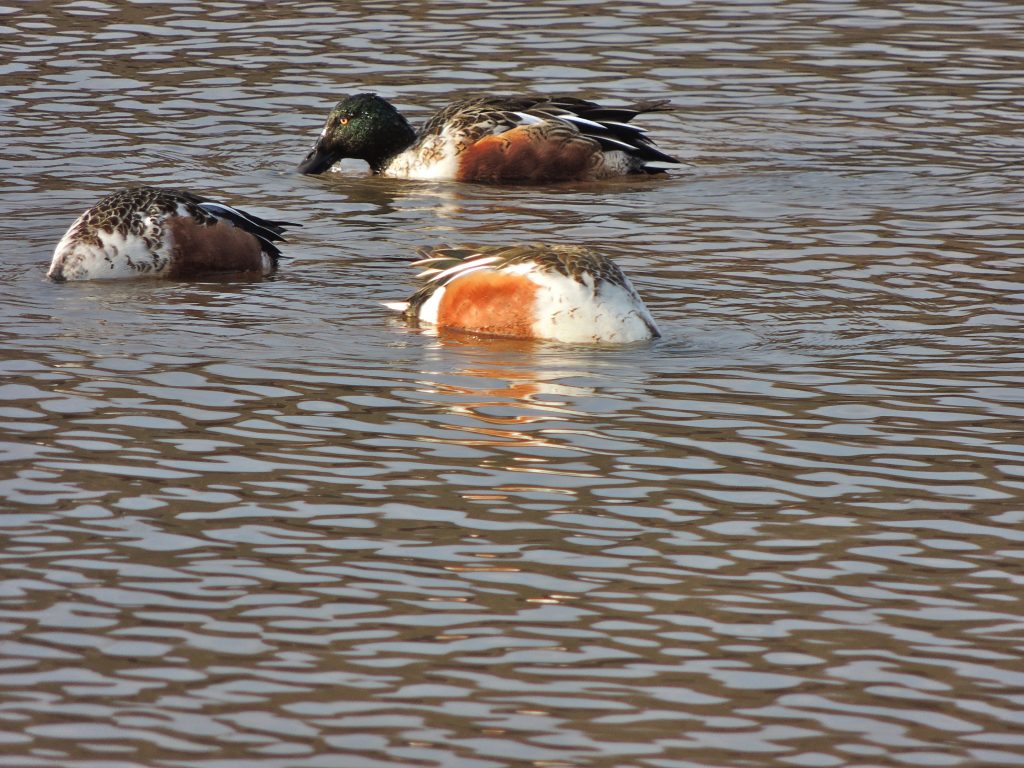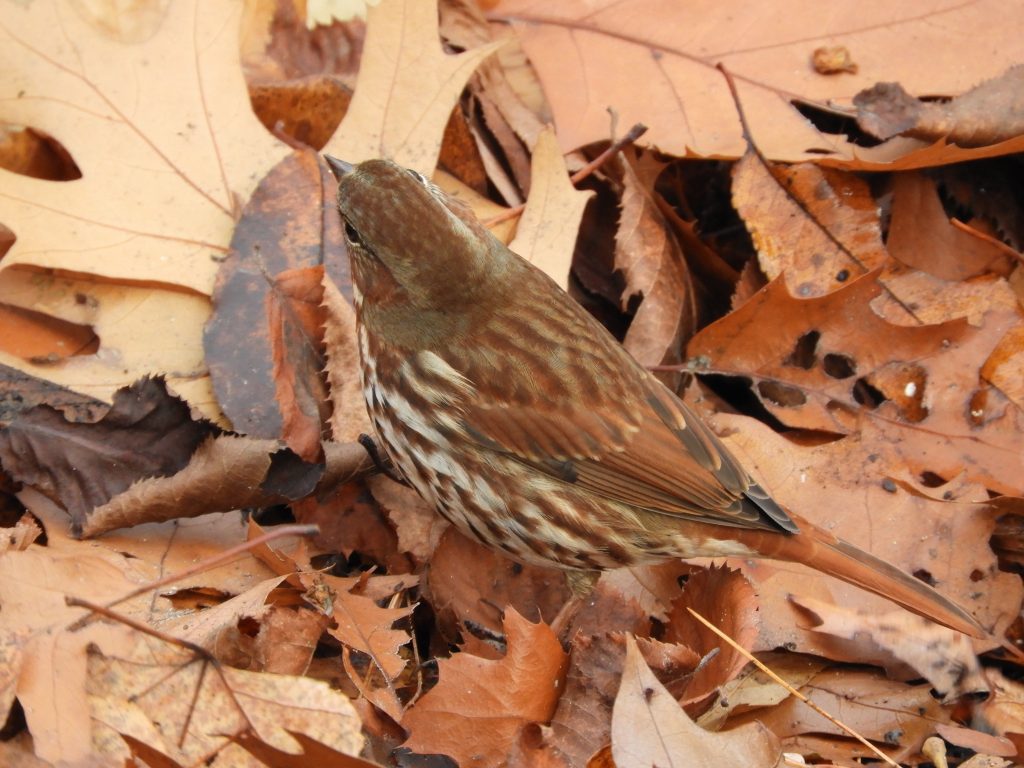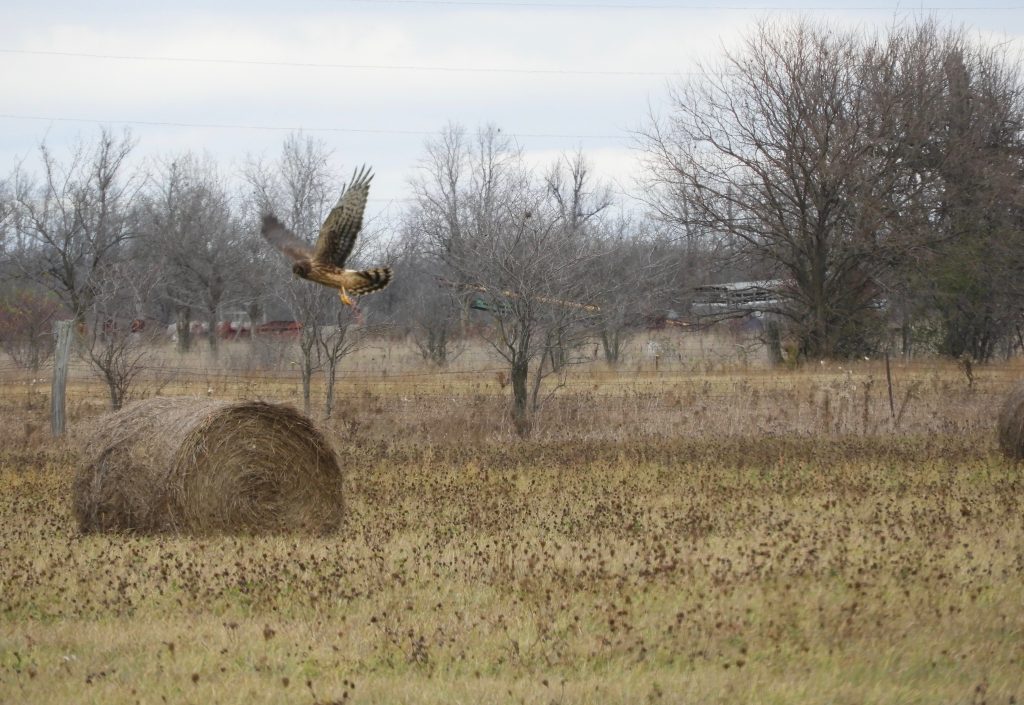 Royal Botanical Gardens. Cootes Paradise, Hamilton. ON. December 18 2022. Ending my walk, I turned to look back and was struck by the silvery-ness of this shallow, remnant lake at the west end of Lake Ontario. I was finishing a long, almost bird-less, walk and realized now that silver had dominated this December day.
Royal Botanical Gardens. Cootes Paradise, Hamilton. ON. December 18 2022. Ending my walk, I turned to look back and was struck by the silvery-ness of this shallow, remnant lake at the west end of Lake Ontario. I was finishing a long, almost bird-less, walk and realized now that silver had dominated this December day.
Almost bird-less but for ducks and swans. A small flock of Tundra Swans sat far from shore, most of them with their heads turned and tucked underwing, just whiling away winter. I think they should have kept on going east to the Atlantic seaboard, as most Tundra Swans surely have to: Virginia, North Carolina, perhaps Chesapeake Bay. Open water means access to food and however cold this winter may become; the ocean does not freeze.
There were about thirty of them in a strung-out cluster of bright white against the opposite shore. There were Northern Shovelers, Gadwall and Mallards too, here and there, busy about daily life until a Bald Eagle appeared from somewhere and they all took off in an explosive panic until the threat drifted away. The swans were quite unmoved, apparently eagle-panic is not in their makeup.
Steadying my camera, I took several long-shot photos of the swans, they don’t really tell you much, except that a couple of them are youngsters, hatched this year and still smudged with sooty grey.
 Royal Botanical Gardens. Cootes Paradise, Hamilton. ON. December 17 2022. Under a rather sullen sky I suggested we get out and get some exercise. It was not the sort of weather to inspire much of anything, instead it was windy, raw and hovering around freezing. (I know one or two birders who profess to love a day like this).
Royal Botanical Gardens. Cootes Paradise, Hamilton. ON. December 17 2022. Under a rather sullen sky I suggested we get out and get some exercise. It was not the sort of weather to inspire much of anything, instead it was windy, raw and hovering around freezing. (I know one or two birders who profess to love a day like this).







 Royal Botanical Gardens. Hendrie Valley, Burlington. ON November 17 2022. If there really is an Old Man Winter, a windblown, mean-spirited soul who touches ponds with ice and scatters snow squalls, then he just paid us a visit. We woke to a thin touch of snow, a centimetre maybe, enough that you could (and I have) use its novelty to get a twelve-year-old to wake up on a school morning.
Royal Botanical Gardens. Hendrie Valley, Burlington. ON November 17 2022. If there really is an Old Man Winter, a windblown, mean-spirited soul who touches ponds with ice and scatters snow squalls, then he just paid us a visit. We woke to a thin touch of snow, a centimetre maybe, enough that you could (and I have) use its novelty to get a twelve-year-old to wake up on a school morning.


 Haldimand County. ON. November 12 2022. With some trepidation I drove to a quiet country roadside where another birder said he’d had the lucky sighting of a Short-eared Owl. Trepidation because owls in daytime can attract a lot of unwelcome attention, sometimes amounting to harassment, and I was quite prepared to give it a miss if anything like a crowd seemed to be gathering. But the road was deadly quiet so, when I identified the supposed spot, I pulled to one side and scanned a large hayfield.
Haldimand County. ON. November 12 2022. With some trepidation I drove to a quiet country roadside where another birder said he’d had the lucky sighting of a Short-eared Owl. Trepidation because owls in daytime can attract a lot of unwelcome attention, sometimes amounting to harassment, and I was quite prepared to give it a miss if anything like a crowd seemed to be gathering. But the road was deadly quiet so, when I identified the supposed spot, I pulled to one side and scanned a large hayfield.

 Another female appeared briefly and I was able to follow her too as she swept low over the field and eventually landed to take stock. That was harrier number three. Was this a family group? How many might there be?
Another female appeared briefly and I was able to follow her too as she swept low over the field and eventually landed to take stock. That was harrier number three. Was this a family group? How many might there be?